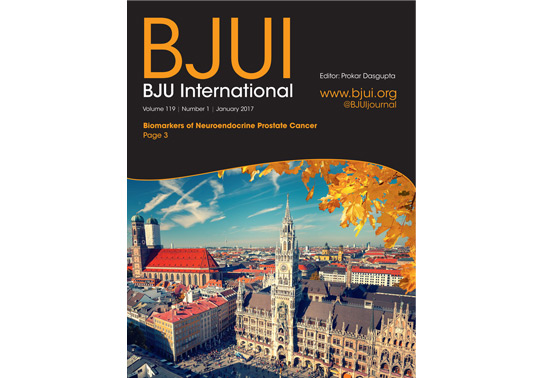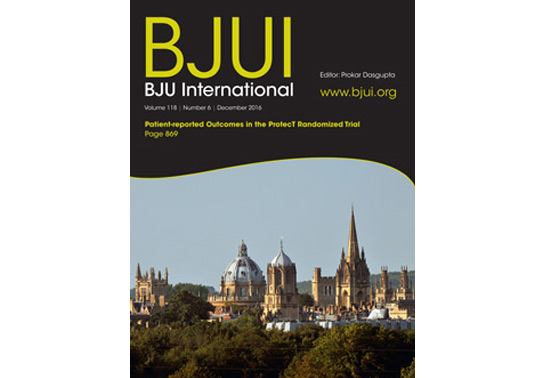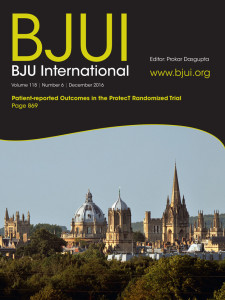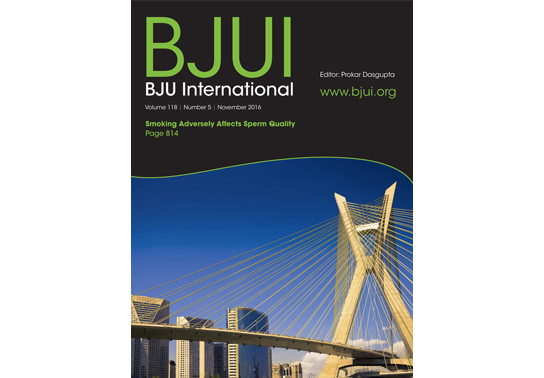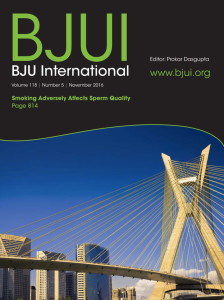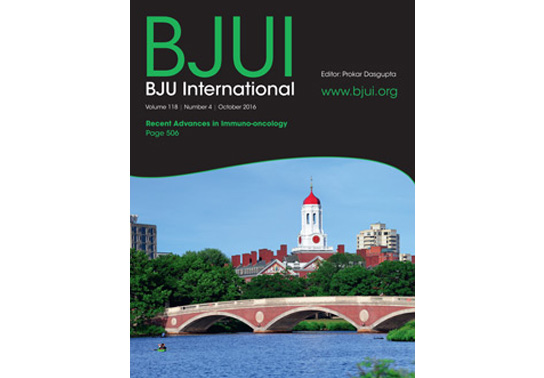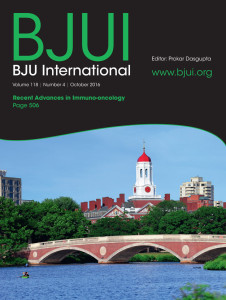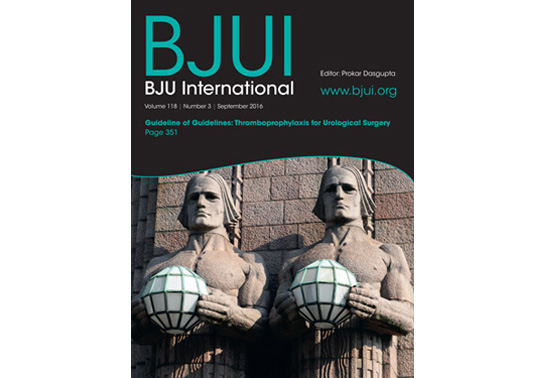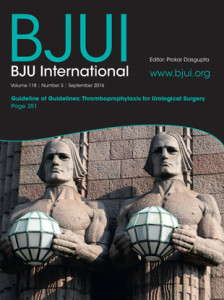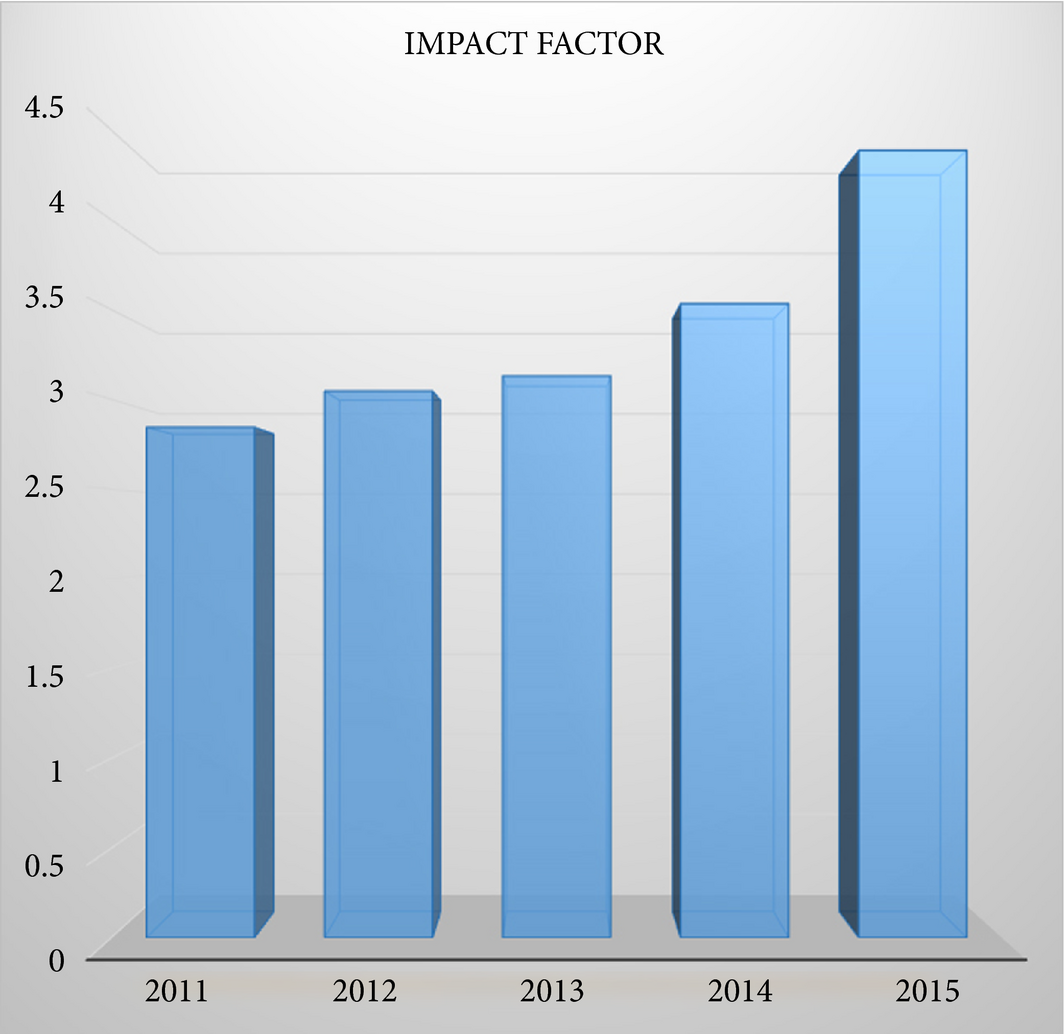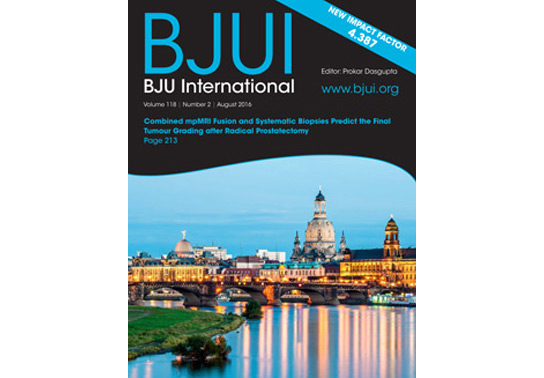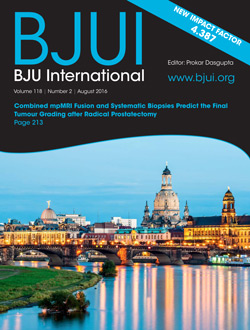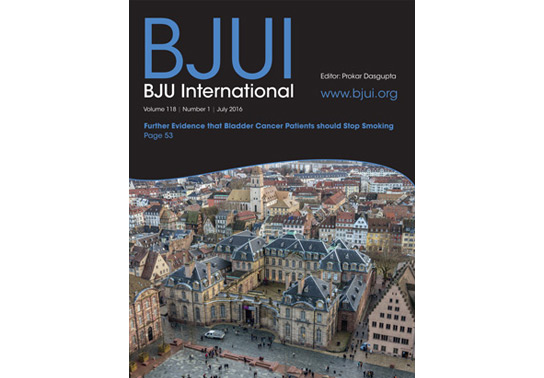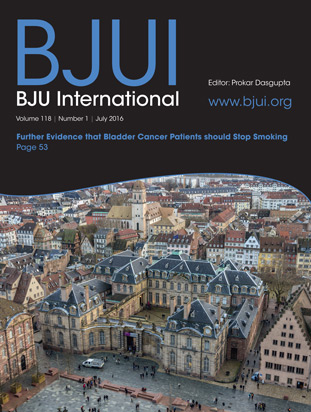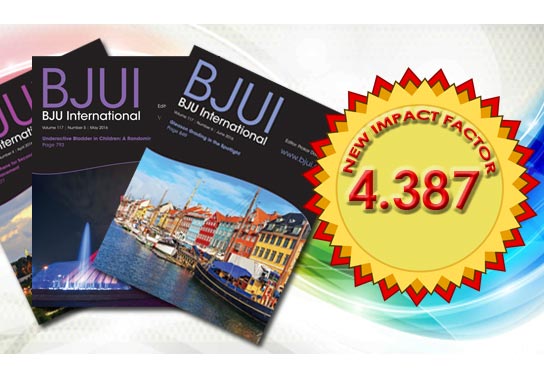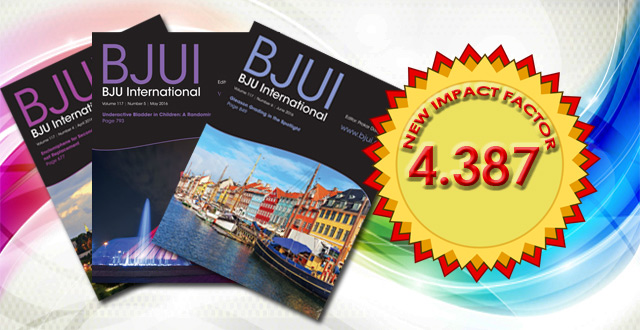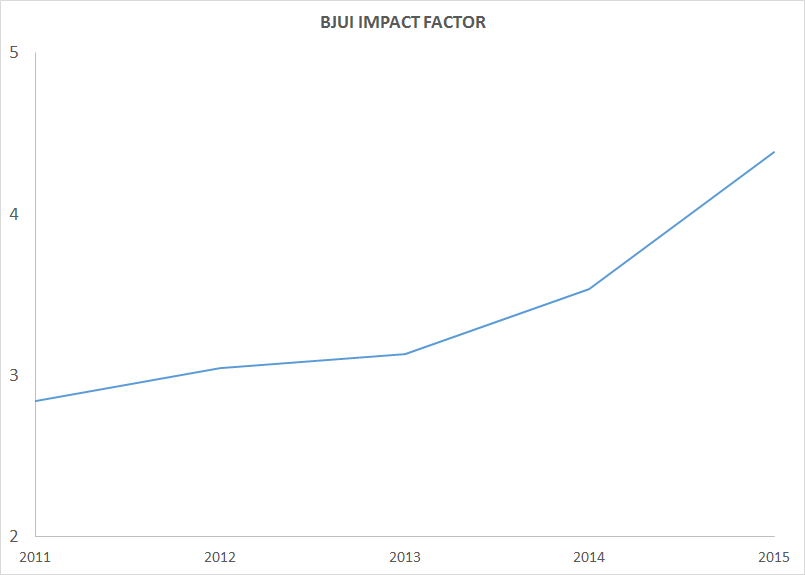Key Hashtags: Incorporating Ontology tags into articles
The urology tag ontology project defines a list of hashtags to standardise descriptors for use in social media. This was an agreed list by crowd sourcing the urological social media community. The project itself is discussed in more detail in Alexander Kutikov’s recent blog.
New for 2017, at the BJUI we are phasing in hashtags into our journal articles under the ‘Key Words’ – so effectively Key Hashtags if you like. The aim of this is threefold.
- Firstly, to guide readers to relevant hashtags if they are unfamiliar with them so hoping to reinforce the standardisation of these tags.
- Secondly, we hope that this will ensure that urologists tweeting about articles will use the correct relevant ontology hashtags so ensuring a constant thread on Social Media.
- Lastly by incorporating hashtags into articles this should encourage wider use of social media amongst the urological community.
 The daily use of urology ontology tags over recent weeks (source: Symplur)
The daily use of urology ontology tags over recent weeks (source: Symplur)
An example is the article of the month for January. Whilst these may seem obvious for some readers, tags such #PCSM (Prostate Cancer Social Media) have not necessarily become widely known.
Hopefully this innovation will be useful to our readers and promote both the ontology project and correct use of hashtags amongst fellow urologists.
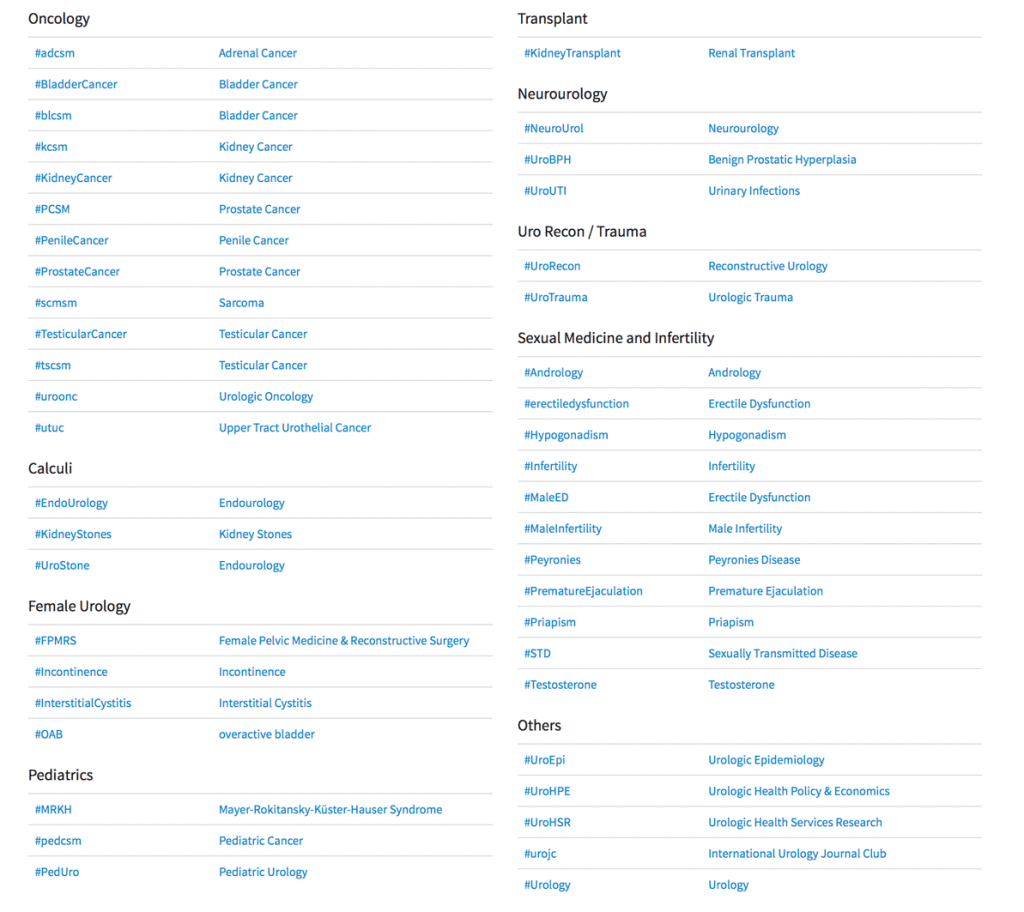 List of Urology Tag Ontology hashtags (click image for larger image)
List of Urology Tag Ontology hashtags (click image for larger image)
Matthew Bultitude is BJUI Associate Editor for the Web.


